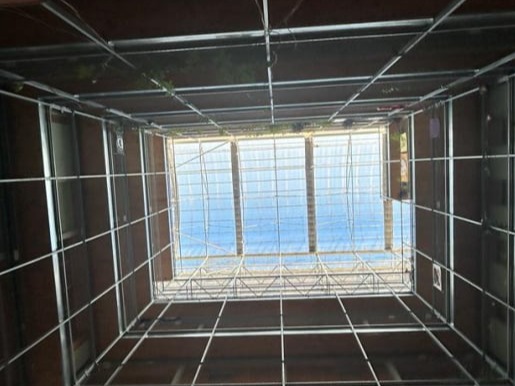
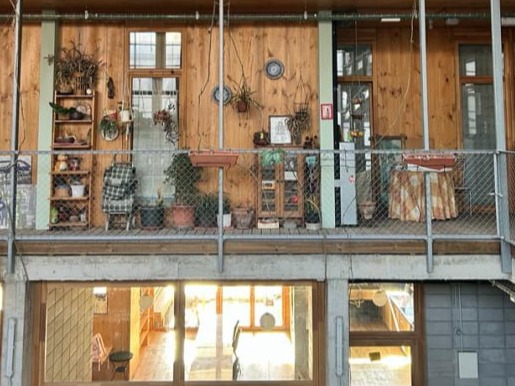

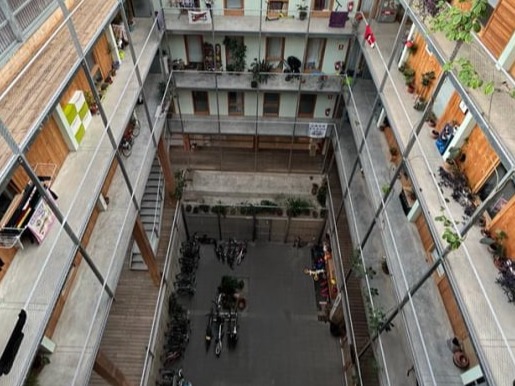
Working with Others:
- View "others" in terms of involved communities.
- Adopt a design approach that acknowledges the dynamic nature of the world.
- Understanding Design as a Political Practice:
- Reflect on the multifaceted nature of design projects.
- Emphasize effective inclusion of stakeholders in design processes.
- Focus on sustaining interventions over extended periods.
Co-creation sessions should be organized to sustain community input throughout the project, fostering peer-learning and cross-pollination of knowledge. The third principle underscores gathering insights from marginalized groups and managing doubts and uncertainties. Co-creating modes of governance promotes shared responsibilities and trust, while regular reconnection and information sharing maintain transparency. Emphasizing values, fairness, and reciprocity in the network is essential, guided by a community agreement that ensures all voices are heard. Active listening, respecting differences, and using "I" statements contribute to a constructive environment, encouraging addressing issues rather than individuals.
Finally, maintaining confidentiality, acknowledging diverse beliefs, and leaning into discomfort facilitate a respectful and inclusive community engagement process.
We were given the privilege to have a tour around the housing building that was created sustainably. It was a very insightful session as we learned about the different creation of that housing community. There were solar panels on the roof of the building that powered the house. The house also allowed low income community members to live in the building as the rent was also very affordable.




Upon the collection of our images from day 1, we found our interests in groups to connect with each other and work within a community. I teamed up with Ana, Anna and Qianyin as all of our interests focused on the statement - How can we foster connectivity and inclusivity between communities that practice hands on techniques to create art and those who rely entirely on technology to do the same.
Find the in depth details of our research and mapping for this intervention.
Welcome to Artistry Fusion, the creative card game that combines personas, art forms, mediums, and challenges for a unique art experience. Unleash your creativity by selecting cards from each of the four categories and creating captivating art that pushes your boundaries.
Objective:
Create a masterpiece by combining your chosen persona, art form, art medium & technique, and challenge.
Components:
- Category 1 Cards (Persona): PimpMa, RealG, BastyQ, An^2A
- Category 2 Cards (Art Form): Baroque, Street Art, Surrealism, Expressionism, Hyper-realistic
- Category 3 Cards (Art Medium & Technique): Chinese Ink Calligraphy, Charcoal Art, Rangoli Art, Fabrication Machinery Usage
- Category 4 Cards (Challenge): Create Art Blindfolded, Create Art with Your Wrong Hand, Create Art Without Lifting the Pen (One Flow Art), Switch Art Every 5 Mins with the Next Person
Setup:
1. Shuffle each category's cards separately and place them face down.
2. Each player draws one card from each category to determine their unique combination.
Gameplay:
1. Once you have your combination of Persona, Art Form, Art Medium & Technique, and Challenge, it's time to create your artwork.
2. Use the selected Persona's style and personality to influence your artistic choices.
3. Apply the chosen Art Form to express your creativity.
4. Employ the selected Art Medium & Technique to bring your vision to life.
5. Confront the Challenge head-on while creating your artwork.
Scoring:
- Artistic Expression: 1-10 points based on creativity and originality.
- Persona Alignment: 1-5 points for how well your chosen persona is reflected in your art.
- Challenge Completion: 1-5 points for successfully overcoming the chosen challenge.
Winning:
The player with the highest total score at the end of the agreed-upon number of rounds or artworks is the Artistry Fusion champion!
Tips:
- Embrace the unexpected combinations; they might lead to groundbreaking art.
- Encourage players to share the stories behind their creations for added fun.
Artistry Fusion is not just a game; it's an exploration of your artistic boundaries. Unearth your inner artist, experiment, and enjoy the vibrant fusion of personas, art forms, mediums, and challenges!
The game allows artists of all mediums to collaborate and erases the issues of intergenerational art forms.
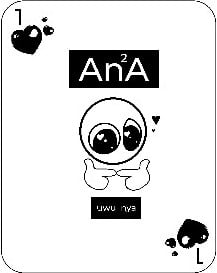

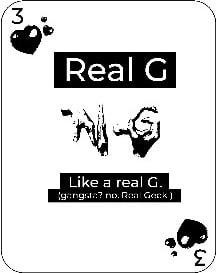
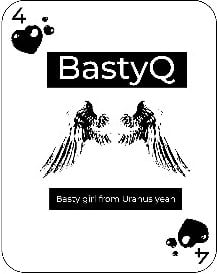
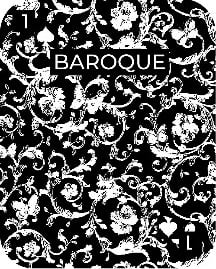
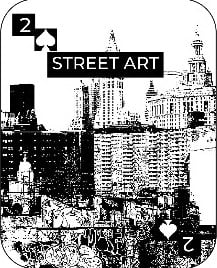
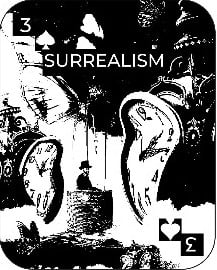
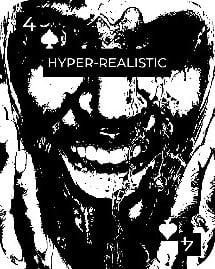
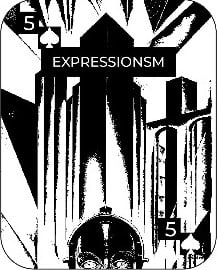
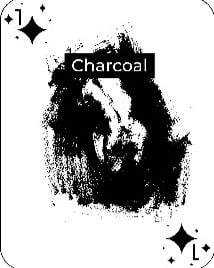
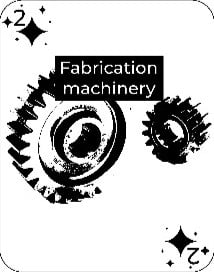
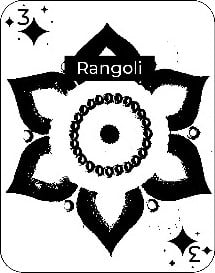
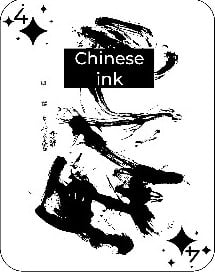

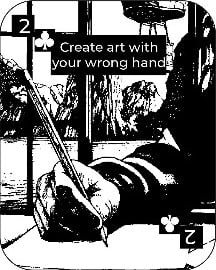
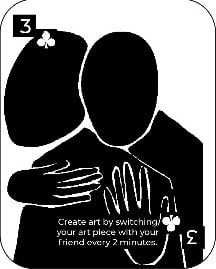
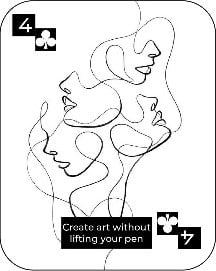
Participating in the seminar on designing with others in Barcelona was a transformative experience that opened my eyes to the diverse living situations and challenges faced by different communities. Exploring various neighborhoods allowed me to gain firsthand insights into the intricacies of community life and identify pertinent issues that required creative solutions.
As I delved into the exploration, I chose to focus on the plight of traditional artists who found themselves gradually marginalized by the burgeoning influence of digital art practices. The encounter with an elderly artist who crafted toys from a first-person perspective underscored the urgency of addressing the evolving landscape of artistic expression. It became evident that the clash between traditional and digital art forms was not just a generational divide but a complex interplay of perspectives and practices.
Collaborating with a group that shared a passion for intergenerational art practices, we collectively sought to bridge the gap between traditional and digital artists. The culmination of our efforts resulted in the conception of a unique solution—a card game that seamlessly blended diverse art forms. This innovative approach aimed to facilitate interaction, understanding, and collaboration between artists across different generations and mediums.
The importance of this seminar lies in its ability to foster a holistic understanding of design challenges within communities. It encouraged us to step out of our comfort zones, engage with diverse perspectives, and develop solutions that addressed real-world issues. The hands-on activity of exploring communities and identifying problems provided a practical foundation for the subsequent collaborative design process.
The focus on intergenerational art practices within our group was particularly significant, given the rapid evolution of artistic mediums. The card game concept emerged as a tangible and practical solution to encourage dialogue and collaboration between artists of varying backgrounds. By incorporating elements from both traditional and digital art forms, we aimed to create a tool that not only celebrated diversity but also facilitated a meaningful exchange of ideas and techniques.
In conclusion, this seminar and the associated activities were instrumental in broadening my perspective on design thinking and collaborative problem-solving. The experience reinforced the notion that effective design is rooted in empathy, community engagement, and a commitment to addressing real-world challenges. The card game project symbolizes the potential for creative solutions to transcend generational and medium-based divides, fostering a more inclusive and collaborative artistic landscape.
HTML Website Creator